L’eau pour la paix
L’eau peut être source de paix ou de conflit.
Lorsque l’eau est rare ou polluée, ou que certains n’y ont pas accès ou y ont un accès inégal, des tensions peuvent apparaître entre les populations et les pays concernés.
Plus de 37 milliards de personnes dans le monde dépendent de ressources en eau transfrontières. Pourtant, 24 pays seulement ont conclu des accords de coopération pour l’ensemble de leurs ressources en eau partagées.
Face à l’aggravation des effets du changement climatique et à la croissance démographique, il est urgent, au sein des pays concernés et entre eux, de s’unir pour protéger et conserver notre ressource la plus précieuse.
La santé publique et la prospérité, les systèmes alimentaires et énergétiques, la productivité économique et l’intégrité environnementale sont tous tributaires d’un cycle de l’eau fonctionnel et géré de manière équitable.
Créer un effet d’entraînement positif
La Journée mondiale de l’eau 2024 a pour thème « L’eau pour la paix ».
Lorsque nous coopérons dans le domaine de l’eau, nous créons un effet d’entraînement positif qui favorise l’harmonie, génère de la prospérité et renforce la résilience face aux défis communs.
Nous devons prendre conscience que l’eau est non seulement une ressource à utiliser et dont on se dispute l’usage, mais aussi un droit humain, intrinsèque à tous les aspects de la vie.
En cette Journée mondiale de l’eau, nous devons tous unir nos efforts à propos de l’eau et l’utiliser en faveur de la paix, en jetant les bases d’un avenir plus stable et plus prospère.
Le saviez-vous ?
- Quelque 2,2 milliards de personnes vivent encore sans eau potable gérée de façon sûre, dont 115 millions qui boivent de l’eau de surface. (OMS/UNICEF, 2023)
- Environ la moitié de la population mondiale est confrontée à une grave pénurie d’eau pendant au moins une partie de l’année. (GIEC, 2022)
- Les catastrophes liées à l’eau viennent en tête de la liste des catastrophes qui se sont produites ces 50 dernières années et sont à l’origine de 70 % de tous les décès dus aux catastrophes naturelles. (Banque mondiale, 2022)
- Les eaux transfrontières représentent 60 % des flux d’eau douce dans le monde, et 153 pays ont un territoire situé dans au moins un des 310 bassins fluviaux et lacustres transfrontaliers et ont inventorié 468 systèmes aquifères transfrontaliers. (ONU-Eau, 2023)
- Seuls 24 pays ont indiqué avoir signé des accords de coopération portant sur la totalité de leurs bassins transfrontaliers. (ONU-Eau, 2021).

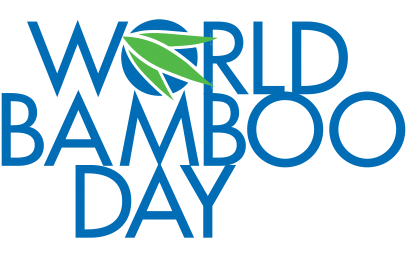
 deforested and degraded land around the world waiting for human intervention to save it, to nourish it, and breathe new life into it. The health of our planet needs us to do something big – as soon as possible.
deforested and degraded land around the world waiting for human intervention to save it, to nourish it, and breathe new life into it. The health of our planet needs us to do something big – as soon as possible.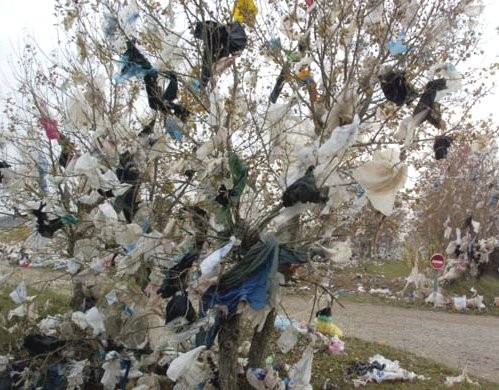

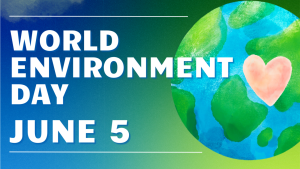 Solutions to plastic pollution
Solutions to plastic pollution
 Penguins are some of the most adorable, lovable and impressive creatures in the animal kingdom, so why not dedicate a day to these flightless birds?
Penguins are some of the most adorable, lovable and impressive creatures in the animal kingdom, so why not dedicate a day to these flightless birds? For the past 50 years, Earth Day has been celebrated by billions of people around the globe, annually every April 22, to join together in promoting awareness for the health of our environment. Why should we continue to celebrate this holiday? Some people may view it as just another holiday, or an excuse to wear green and a flower crown, similar to St. Patrick’s Day, but with serious concerns about our changing environment being studied and addressed today by prominent scientists, politicians, and young climate change activists alike, some people are adapting to more environmentally friendly ways of living — every day, not just on April 22 every year. Cue the composting, recycling, repurposing, carpooling, thrifting, and metal straws to save the turtles.
For the past 50 years, Earth Day has been celebrated by billions of people around the globe, annually every April 22, to join together in promoting awareness for the health of our environment. Why should we continue to celebrate this holiday? Some people may view it as just another holiday, or an excuse to wear green and a flower crown, similar to St. Patrick’s Day, but with serious concerns about our changing environment being studied and addressed today by prominent scientists, politicians, and young climate change activists alike, some people are adapting to more environmentally friendly ways of living — every day, not just on April 22 every year. Cue the composting, recycling, repurposing, carpooling, thrifting, and metal straws to save the turtles..jpg)
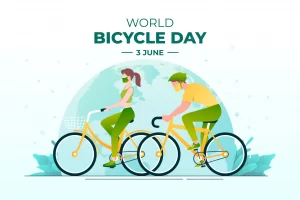
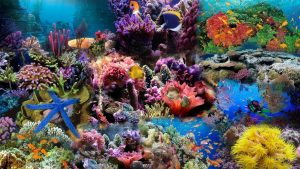 Although coral reefs occupy less than 0.1 percent of the planet’s oceans, they support up to 25 percent of the world’s marine species. They have rightfully earned their nickname, ‘Rainforests of the Sea.’ Coral is not a plant, but part animal and part mineral, a marine invertebrate that secretes calcium carbonate to form a hard skeleton. They grow in colonies, usually in warm, shallow waters, and form vast colonies that we see as reefs, providing the basic platform for marine life to flourish around them. They even provide benefits to land, protecting shorelines from the forces of the ocean.
Although coral reefs occupy less than 0.1 percent of the planet’s oceans, they support up to 25 percent of the world’s marine species. They have rightfully earned their nickname, ‘Rainforests of the Sea.’ Coral is not a plant, but part animal and part mineral, a marine invertebrate that secretes calcium carbonate to form a hard skeleton. They grow in colonies, usually in warm, shallow waters, and form vast colonies that we see as reefs, providing the basic platform for marine life to flourish around them. They even provide benefits to land, protecting shorelines from the forces of the ocean. Les journées mondiales dont l’objectif est de lutter contre une source identifiée de pollution se multiplient et celle-ci n’échappe pas à la règle.
Les journées mondiales dont l’objectif est de lutter contre une source identifiée de pollution se multiplient et celle-ci n’échappe pas à la règle.